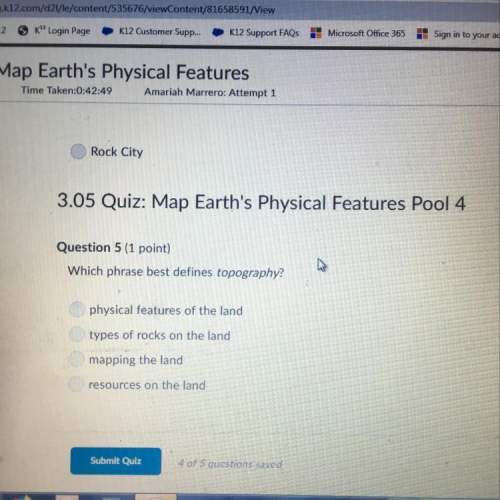
Bacteria can serve as catalysts for the conversoin of low-cost chemicals, such as glucose, into higher value compounds, including commodity chemicals (with large production rates) and high-value specialty chemicals such as pharmaceuticals, dyes and cosmetics. commodity chemicals are produced from bacteria in very large bioreactors. for example, cultures up to 130,000 gallons are used to produce antibiotics and other therapeutics, industrial enzymes, and polymer intermediates. when a healthy bacteria culture is placed ina suitable environment with abundant nutrients, the bacteria experience balanced growht, meaning they will continue to double in number in the same fixed period of time. the doubling time of mesophilic bacteria (bacteria that live comfortably at temperatures between 35c and 40c) ranges anywhere from 20 minutes to a few hours. during balanced growth, the rate of growth of the bacteria is given by the expression (dc/dt)= \muc. where c(g/l) is the concentration of bacteria in the culture and \mu is called the specific growth rate of the bacteria. the balanced growth phase eventually comes to an end, due either to the presence of a toxic byproduct or the lack of a key nutrient. the following data were measured for the growth of a particular species of mesophilic bacteria at a constant temperature: t(h) 1.0 2.0 3.0 4.0 5.0 6.0 7.0 8.0c(g/l) 0.008 0.021 0.030 0.068 0.150 0.240 0.560 1.10(a) if bacteria are used in the production of a commodity chemical, would a low or high value of \mu be desirable? explain.(b) in the rate expression, separate the variables and integrate to derive an expression of the form f(c, c0)= \mut, where c0 is the bacteria concentration that would be measured at t=0 if balanced growth extended back that far (it might not). what would you plot versus what on what kind of coordinates (rectangular, semilog, log) to get a straight line if growth is balanced, and how would you determine \mu and c0 from the plot? (c) from the given data, determine whether balanced growth was maintained between t=1h and t=8h. if it was, calcluate the specific growth rate (give both its numerical value and ) derive an expression for the doubling time of a bacterial species in balanced growth in terms of \mu. [ you may make use of your calculations in part (b).] calculate the doubling time of the species for which the data are given.

Answers: 1


Another question on Chemistry

Chemistry, 21.06.2019 20:30
As you move from right to left on the periodic table the atomic radius fill in the blank
Answers: 2

Chemistry, 22.06.2019 02:30
Select each correct answer. more than one answer may be correct. which of the following is a characteristic of unicellular organisms? they can possess tissues and organs. all of their functions are performed by a single cell. they are usually microscopic. each of their cells is specialized to perform a specific function.
Answers: 1

Chemistry, 22.06.2019 06:00
Calculate the mass of silver needed to react with chlorine to produce 126g if silver chloride?
Answers: 3

Chemistry, 22.06.2019 07:30
Given that 1 mi = 1760 yd, determine what conver- sion factor is appropriate to convert 1849 yd to miles; to convert 2.781 mi to yards.
Answers: 2
You know the right answer?
Bacteria can serve as catalysts for the conversoin of low-cost chemicals, such as glucose, into high...
Questions


Mathematics, 18.11.2020 05:10

Mathematics, 18.11.2020 05:10

Mathematics, 18.11.2020 05:10

Mathematics, 18.11.2020 05:10







History, 18.11.2020 05:10



History, 18.11.2020 05:10


English, 18.11.2020 05:10



History, 18.11.2020 05:10




